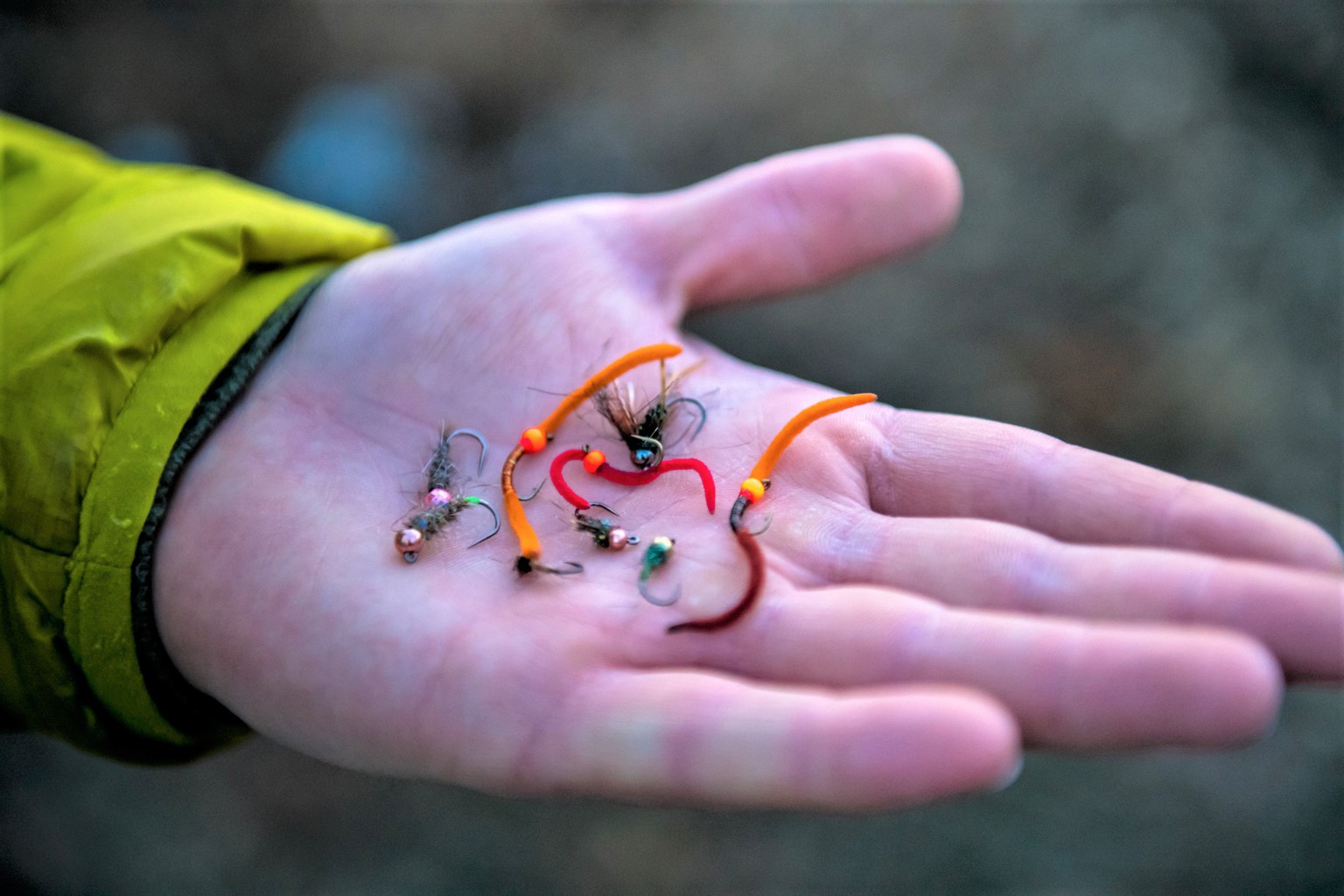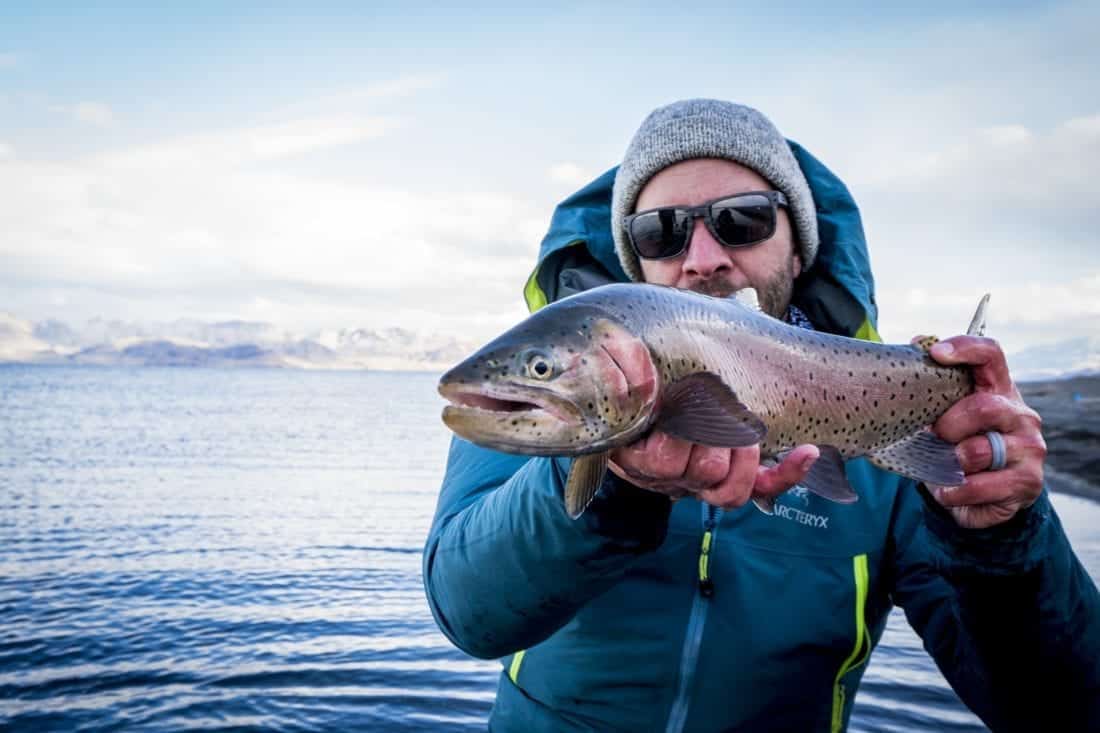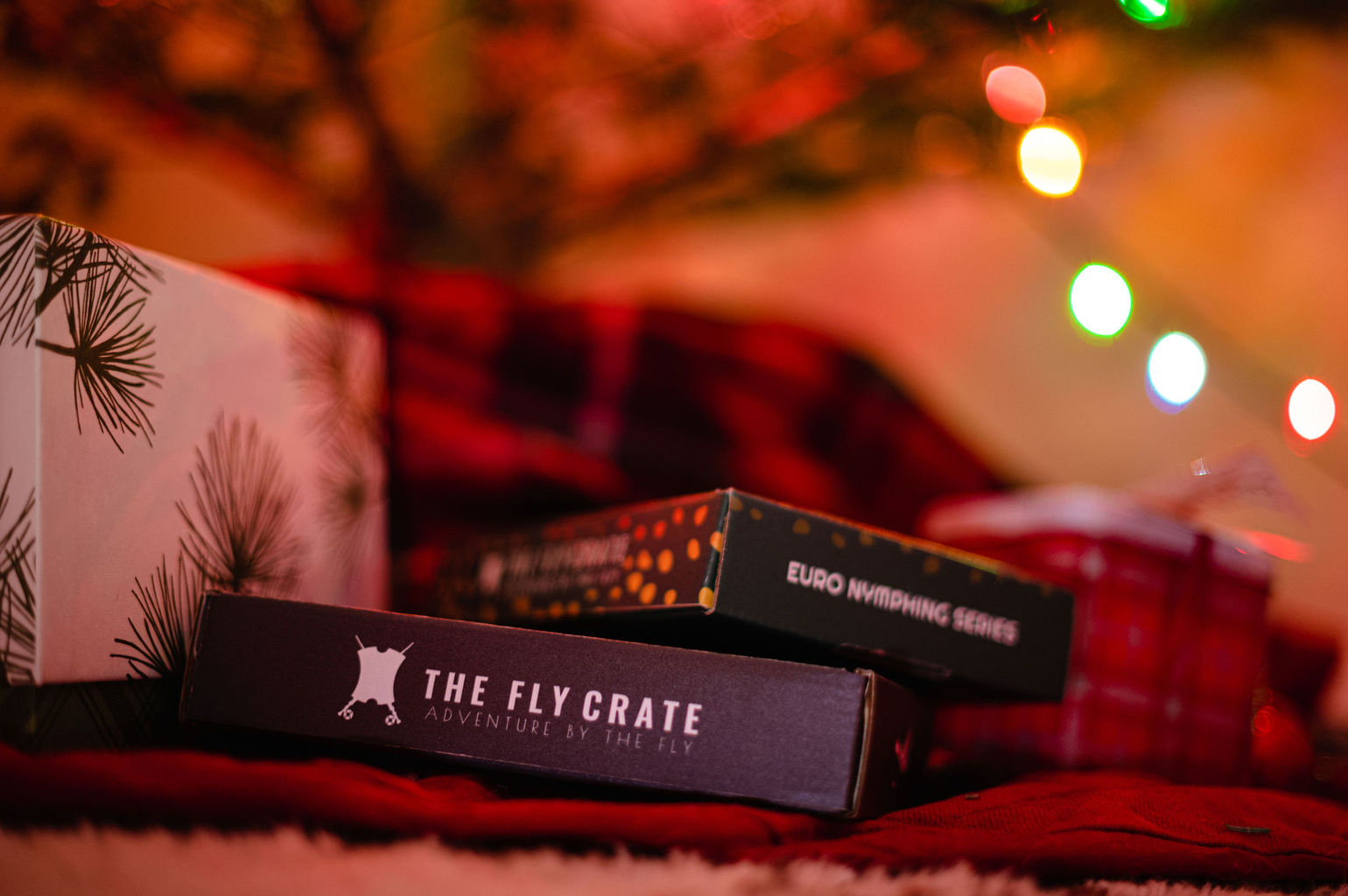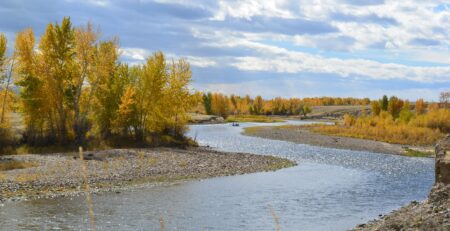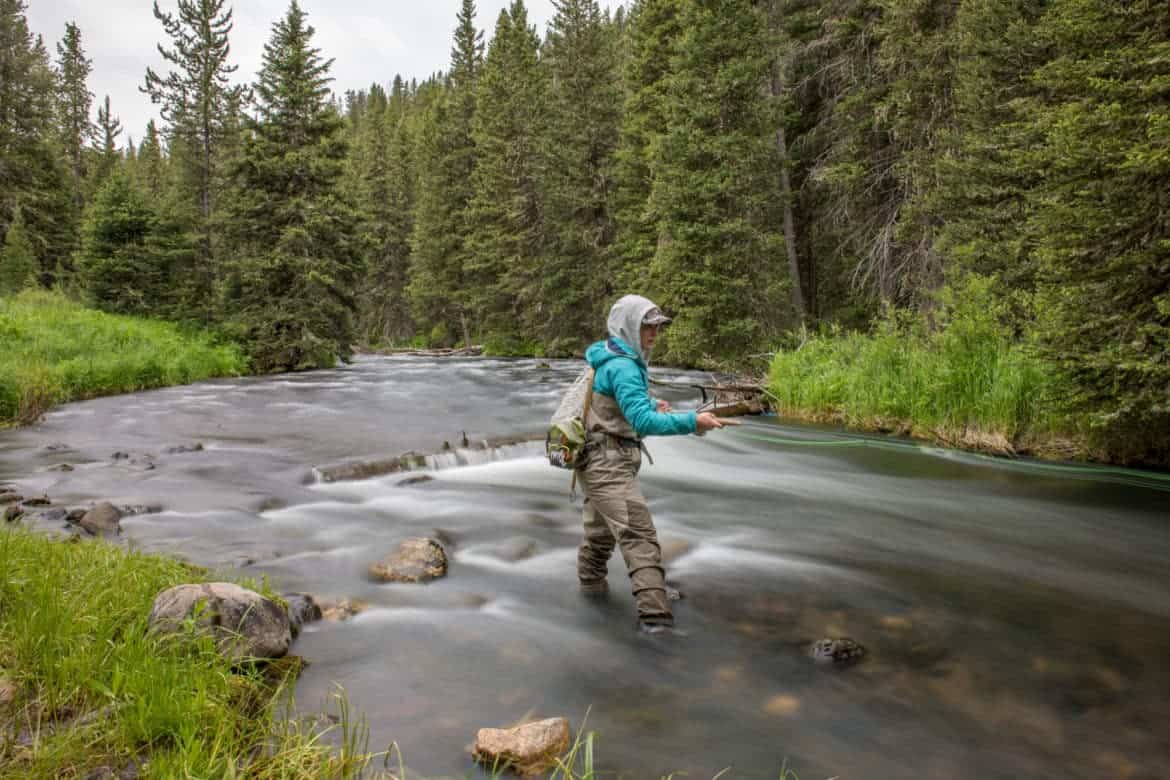Which Is Best? Natural Vs Flashy Flies
You open your fly box and you see a mix of flies. Flashy ones that don’t look like much of anything and real buggy ones that more closely resemble insects. Which is better? The real answer is, it depends.
Some flies may be better in certain conditions ranging from water depth, water speed, and weather. Before we dive into the details and cover when to use more natural imitations and when to fish flashy, attractor patterns let’s quickly discuss what trout actually see.
What do trout actually see?
Trout see differently than us humans. Due to the nature of their eye, trout’s eyesight underwater is much better than it is in the air. Colors are seen well in bright, shallow conditions and colors are non-existent in muddy or deep conditions. It truly comes down to water clarity, distance, and depth.
I won’t go fully into the scientific breakdown, but the basic understanding is that water refracts light and that greatly messes with color. For instance, if you were to submerge a bright red stop sign in the water 15-feet away, it would not be a bright red – it would be significantly duller. But as you moved the firetruck-red stop sign closer, you would see it get brighter and the red would be more apparent, which means that fly color is only obvious at close distances.
Now, the same goes for trout sitting at the bottom of a deep pool. Light doesn’t penetrate far enough down to give trout a big distinction between colors. However, they will notice big contrasting differences in color like yellow next to black or white next to brown.
At greater depths, the only flies that will stick out are ones with noticeable contrasting segmentation and ones made with fluorescent materials. Fluorescent materials register with UV light and really pop with more intense colors which is a great way to initiate a strike. With that being said, fluorescent materials won’t help in muddy water simply because UV light from the sun is dispersed within the density of particles that now float in the water.
Dry fly colors are greatly affected by light too. In fact, color may not be that critical to dry fly success. Flies sitting on the surface are backlit by the sky making it tough to distinguish any definitive color from below. Trout most likely only recognize the silhouette of the pattern and the indentations that it makes within surface tension. This would explain why Adam’s Parachute flies are so effective despite their dull, boring appearance – they sit low in the surface film and provide a nice dark silhouette to target.

When do trout prefer more ‘natural’ flies?
More realistic flies certainly have their place in our fly boxes, but why do trout sometimes prefer these over others?
Trout under heavy fishing pressure will eventually learn the shapes, colors, and movements of our flies within the water. These are those trout that see dozens of fishermen in a day and just get a feeling for spotting our fake flies. This is where more natural imitations with no flash, no beads, and no extra fixtures will do the best. Basically, pick the most basic patterns in dull colors. Using a lighter-weight leader and tippet for a more natural drift couldn’t hurt too.
More natural flies are like the classic Hare’s Ear nymph with no bead and no gold tinsel ribbing. Pretty much a hook with dubbing. You could get away with adding a small bead for more weight. Some insect species like the caddis use gas bubbles that build up within their pupa shucks to help them ascend to the surface. There is thinking that beads can represent these gas build-ups.

When do trout prefer more ‘flashy’ flies?
It always amazes me that flashy attractor flies do so well. Some have practically an ounce of tinsel and don’t even come close to looking like a real insect, yet, catch more trout than a realistic representation.
Flashy flies, aka attractor flies, come with all sorts of extra fixtures like bright tag ends, hotspots, colored beads, UV thread, silver wire, peacock herl, golden pheasant fibers, pearl tinsel, etc. These little things help refract light and spotlight its location to any nearby trout. At great depths, though, flash and bright colors do very little as there is less light at the bottom of pools to reflect.
Attractor flies are great for more shallow water in clearer conditions — think 1-foot to 4-feet. Trout may be keener on striking these patterns when they aren’t feeling as pressured. Or they might prefer flashy flies just because the array of colors enticed them. No one knows for sure. In most cases, they will rarely pass up a well-presented fly simply because trout only have a split second to decide whether to take it or not. The majority of the time they will take it out of their instinct to feed opportunistically.
Fly Fishing Made Easy 👍
Our Quarterly Fly Club ships 1,000’s of flies to anglers all across the United States. Receive curated fly assortments selected for the season with in-depth articles on how to fish them. Great for beginners to learn and for intermediates to discover new flies.

